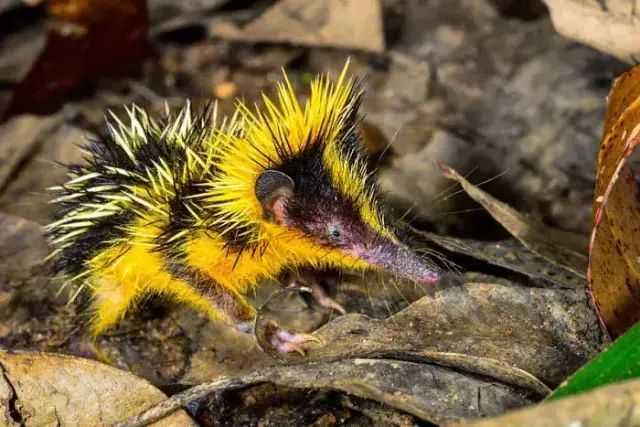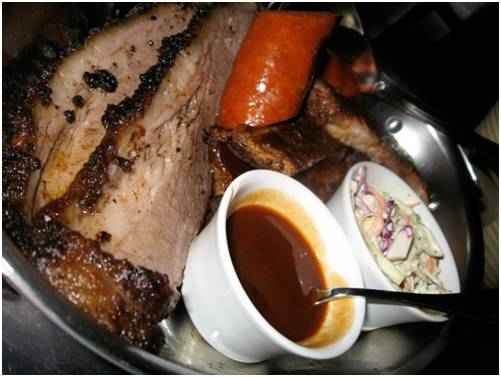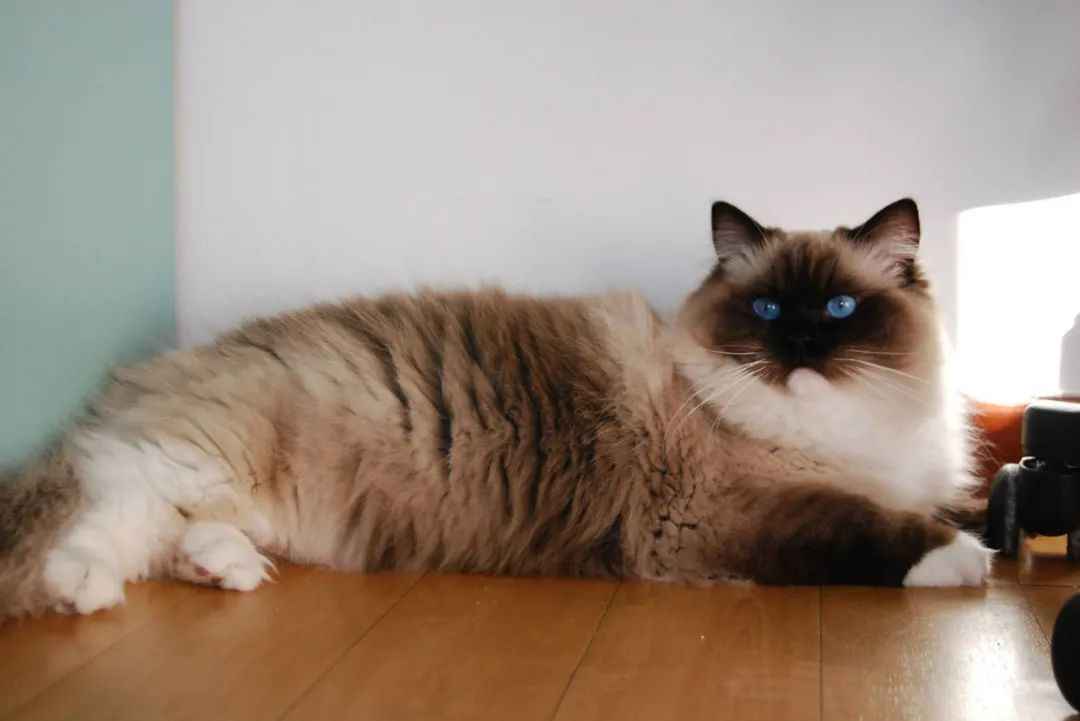Mill’s journey began with a male ALC sourced near the Bay of Bengal, prized for its black, hollow spots and aquatic prowess. By mating this wildcat with a silver-black Egyptian Mau, she created the first-generation hybrid (F1). However, F1-F3 generations retained significant wild traits, including aggression and male infertility, limiting their suitability as pets. It wasn’t until the fourth generation (F4), with ALC genes reduced to 1/8, that Bengals achieved the balanced temperament required for household life134. Recognized by The International Cat Association (TICA) in 1984, Bengals now exceed 250,000 registered individuals globally, with enthusiasts drawn to their “glitter” coats—hollow hairs that refract light like stardust310.
Bengals defy conventional feline norms. Their athletic build, muscular bodies, and hind legs slightly longer than forelimbs enable acrobatic leaps of up to 6 feet49. The coat, short and silk-like, showcases vivid color variations: classic brown, shimmering silver, and snow-toned mink or lynx point. The coveted “rosette” pattern—a concentric circle of contrasting hues—sets Bengals apart, mimicking the wild leopard’s camouflage413. Despite their fierce appearance, Bengals are renowned for intelligence and sociability. They thrive on interactive play, puzzle toys, and even water games, often displaying dog-like loyalty and curiosity67.
Source: Images from the Internet, if there is any infringement, please contact the removal of
Prospective owners must prioritize mental and physical stimulation. Daily 30-minute play sessions, climbing trees, and access to outdoor enclosures (for supervised exploration) are essential to prevent boredom-related behaviors913. A high-protein diet mirrors their carnivorous ancestry, while weekly brushing minimizes shedding. Health-wise, Bengals are prone to hypertrophic cardiomyopathy (HCM) and progressive retinal atrophy (PRA), necessitating genetic testing and regular veterinary screenings913.
In 2025, Bengal kittens command premiums reflecting their breeding complexity. Pet-quality kittens average $1,500–$3,000, while show-quality specimens from champion bloodlines exceed $6,000916. Breeders emphasize ethical practices, ensuring F4+ generations minimize ALC hybridization. Notably, the ALC remains a protected species, and modern Bengals carry negligible wild DNA (0.4–16%), distinguishing them from their endangered ancestor112.
From scientific curiosity to global icon, the Bengal cat embodies the triumph of genetic artistry. As they continue to grace homes and cat shows alike, their legacy underscores the harmonious coexistence of wild beauty and domesticated companionship.









